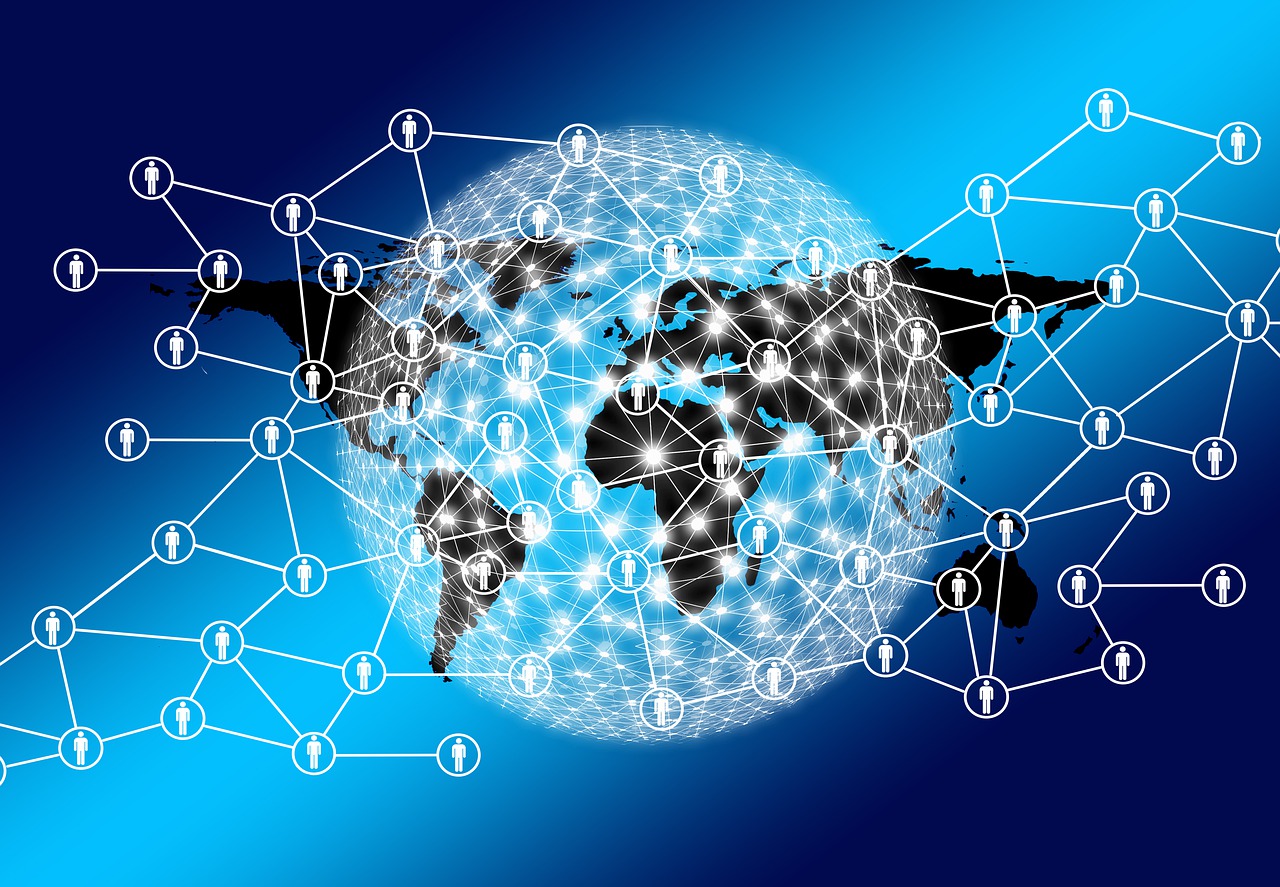This post is also available in:
 עברית (Hebrew)
עברית (Hebrew)
A new approach helps networks of smart devices cooperate to find and communicate their positions in GPS-denied environments. The billions of interconnected devices and sensors embedded in other devices, vehicles and even humans that collectively constitute the much-heralded internet of things (IoT) collect and share data used in myriad applications. This requires them to know their location, which is a challenge in GPS-denied environments, such as most indoor locations, tunnels and urban canyons.
The “localization of things”, a new localization approach based on soft information (SI), could be helpful in applications ranging from autonomous vehicles to asset tracking, from supply-chain monitoring to smart cities and real-time mapping.
Traditional network localization methods estimate a single value for each geospatial variable, such as the distance between two nodes. Therefore, accuracy drops sharply in environments where multipath, a limited view of the sky, and other problems severely degrade GNSS and wireless signals.
The research team developed a system to capture location information even in these challenging environments by fusing positional data of various kinds as well as digital maps.
According to gpsworld.com, the new method fuses data from various sensing measurements — such as radio, optical and inertial signals — and analyzes features of each signal — including its power, angle of arrival, and time of flight. It uses machine-learning techniques to weigh this “soft information” — the researchers call it that because their method does not favor any single “hard” number — to create a probability distribution of distances, angles and other metrics.
In simulations of challenging scenarios, full of reflections and echoes, the new system’s performance significantly surpassed that of traditional ones and consistently approached the theoretical limit for localization accuracy, while the accuracy of traditional systems dropped dramatically.
The system exploits contextual information from digital maps, dynamic models and node profiles to verify what is possible.
The findings of the research conducted by a team from the US and Italy was published in Proceedings of IEEE.


























